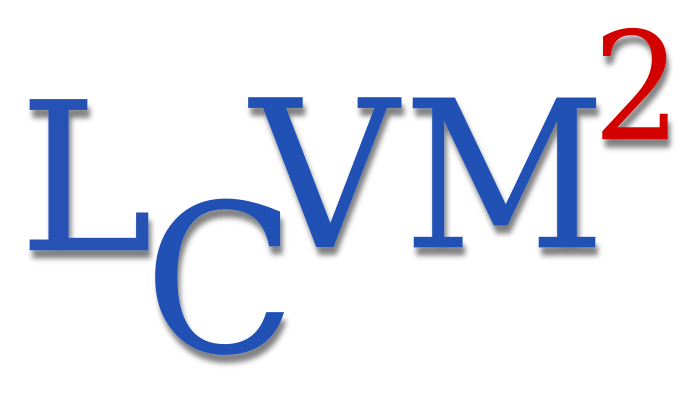Parameter set and scripts
(Note added July 2014: we now recommend that you use the cgDNA package available here instead of these scripts. The cgDNA package contains extended functionality, multiple input/output options, more complete documentation, and various optimisations, including the use of sparse data structures. Note that the P* dimer model parameter set downloadable below, is identical to the cgDNAparamset1 available within the cgDNA package)
A best-fit parameter set for a dimer-dependent nearest-neighbour rigid base model of DNA
together with
Matlab™ scripts for constructing a shape vector and a stiffness matrix for a given
DNA sequence of any length and for a homogeneous DNA sequence of a given length
The scripts were tested on Matlab™ versions 7.7 (R2008b) and 8.0 (R2012b).
Wider explanations of what each script does are at the beginning of each script file.
There is also a text version of the parameter set.
Matlab™ script for constructing a shape and stiffness for an oligomer of
an arbitrary length and sequence
Matlab™ script for constructing a homogeneous (average), sequence independent, shape and stiffness for an oligomer of an arbitrary length
A dimer model parameter set, used by the above scripts (.mat file)
A dimer model parameter set, text version (.txt file)
We also included a script for reconstructing absolute coordinates (reference points and frames) of a rigid base DNA from a given shape vector.
A Matlab™ script for computing absolute coordinates of rigid base DNA from relative coordinates
The output of this function can be chosen to be saved in one of the two formats.
For the choice A the reference points and frames for each base are printed as a 4×3 matrix,
with first row being the coordinates of the reference point, and the each
row below being a reference frame vector di, i = 1 ... 3.
The bases are ordered from top to bottom, first all the bases of a reference strand,
then all the bases of a complementary strand.
Example output file (format A) for a DNA 18mer.
For the choice B the reference points and frames for each base are printed as a line of 14 integers,
the first being the index of a strand (1-reference strand, 2-complementary strand),
second being the index of a base pair, the next nine being the coordinates
of reference frame vectors di, i = 1 ... 3, multiplied by 1000, and the last
three being the coordinates of the reference point multiplied by 1000.
The bases are ordered from top to bottom, first all the bases of a reference strand,
then all the bases of a complementary strand.
Example output file (format B) for a DNA 18mer.

